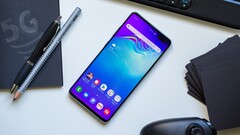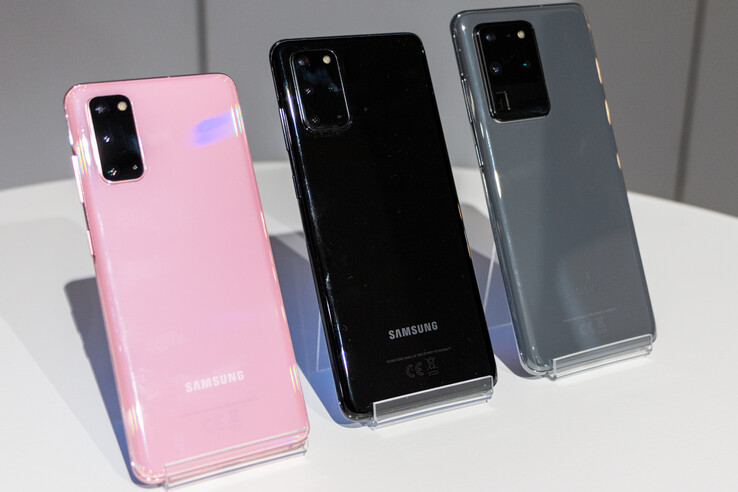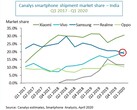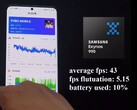Newer. Faster. Better. So the adverts would have you think. In a market dominated by contracts, "upgrading" to the latest smartphone has become the norm.
"You don't use the latest iPhone? Hah, peasant!" Or something like that anyway.
Samsung released the Galaxy S20 series months ago. At the time, my daily driver was an LG V40, a phone I felt never truly got the accolades it deserved—in typical LG fashion. But then it took a fall and a crack ran down my selfie camera lens. Time for an upgrade. The S20 series was, of course, the easy option. I'm rather averse to the easy, however, so here I am, months after, with a Galaxy S10+ on my desk. I have no regrets.
The Galaxy S20 series is the newest Samsung has to offer but newer has never quite meant better in this market, and it's starting to look like the Galaxy S10 series may go down as Samsung's last perfect flagship phones, building on the heritage of the Note 9.
That's not to say that the Galaxy S20 phones are bad. Far from it. They are, perhaps, the best devices on the market right now. But they're flawed. The Exynos 990 isn't quite what it could be, and the Galaxy S20 Ultra has been the subject of numerous complaints including autofocus, camera module glass, overheating, and green tint display issues. The S20+ is, in fact, the best of the three.
The biggest issue with the phones, however, is the value they offer. Starting at US$999 in the US, the Galaxy S20 phones top out at an overwhelming US$1599 for the top-spec S20 Ultra. That's over twice what my laptop cost! The hardware is definitely impressive, though, the US$1599 S20 Ultra shipping with 16 GB of RAM—again twice what my laptop has. But even then, the phones' prices aren't consistent with the promised user experience. Compared to the Galaxy S10 series, anyway.
Samsung's marketing mill would have you believe that the S20 series represents a giant leap forward from the S10 lineup, but the reality of the matter couldn't be farther. In fact, the S10 does do a few things better. As tired an argument as it may be, the S10 phones still have a 3.5mm headphone jack. Like it or not, there are some of us who prioritize the presence of the now-excommunicated port. Dozens, even!
While the S20 series features newer camera hardware, real-world performance is barely an improvement over the S10 phones. Samsung's image processing just isn't enough to wring out the performance from that hardware. You do get better cameras on the S20 phones, but not noticeably so, and the S10 phones still hold up incredibly well in that aspect. The selfie cameras on the S20, S20+, and S10 lineup are even the same. The base S20 supposedly also has the same vibration motor as the older phones.
What you do get on the S20 phones is a display with a higher refresh rate—which you ironically can't use with the maximum resolution. That, and faster charging. The other changes are barely consequential, and all of the S20 series' software features have been delivered to the S10 phones with the One UI 2.1 update.
So yes, the S20 phones are indeed a tad better; but don't offer anywhere near enough to justify that price differential—especially now that the S10+ can be had for right about US$600. I'd love to have faster charging and a 120 Hz display, but for now, I'll take my headphone jack and the fact that I saved over US$500. No regrets.





















